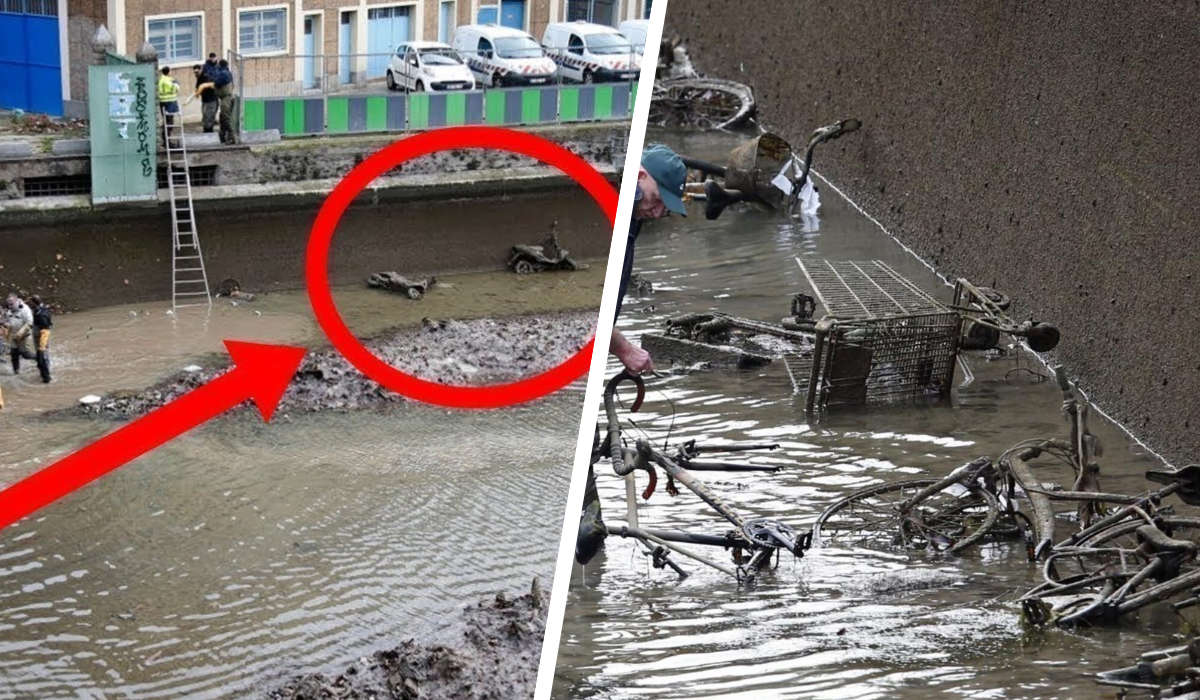Sri Lanka’s escalating human-elephant conflict has reached alarming levels, with an average of one elephant death per day reported in the first quarter of 2023. Nearly half of these deaths were caused by human activity, reflecting a growing problem that is threatening the survival of this iconic and endangered species. Despite years of conservation efforts, the Sri Lankan elephant (Elephas maximus maximus) continues to face increasing challenges due to habitat loss and human encroachment.
The Rising Toll on Sri Lankan Elephants
According to the Department of Wildlife Conservation (DWC), 151 elephants died between January and April 2023 alone. At least 67 of these deaths were linked directly to human actions, including 38 elephants shot and 23 electrocuted by electric fences. Tragically, six elephants also perished after consuming jaw bombs, explosive devices set by farmers to deter wildlife from damaging crops. These statistics underscore the increasing tension between human communities and the dwindling elephant population.
Ravi Corea, founder of the Sri Lanka Wildlife Conservation Society (SLWCS), expressed grave concerns about the trajectory of elephant deaths. Corea worries that Sri Lanka may soon break a tragic record, as the nation has already seen an all-time high of 433 elephant deaths in 2022. Adding to this concern, human fatalities due to human-elephant conflict also reached a record 145 in the same year.

“Each time the DWC releases new data on elephant deaths, there’s a temporary outcry,” Corea notes, “but unfortunately, public attention quickly fades, and the problem persists.”
The Elephant Population: Discrepancies in Numbers
While the Sri Lankan government estimates the country’s elephant population at approximately 7,000, wildlife conservationists argue that this number may be overstated. With rapid habitat loss and the ongoing death toll from human-related causes, the actual number of Sri Lankan elephants may be much lower. Habitat destruction is a significant driver of this decline, as humans encroach upon areas traditionally inhabited by elephants.
What’s Driving the Human-Elephant Conflict in Sri Lanka?
The roots of the human-elephant conflict in Sri Lanka can be traced back several decades. Since 1959, various methods have been implemented to mitigate conflict, yet these efforts have often worsened the problem. According to Corea, the issue lies in the authorities’ failure to address the underlying factors. One key issue is how land is allocated for development projects and farming activities.
“Each time there’s a new development project, it’s the elephant habitats that get taken away,” says Corea. “Where are these elephants supposed to go?” He points to land settlement schemes as a major driver of the conflict, with former elephant habitats now transformed into towns, villages, paddy fields, airports, and even cricket stadiums.
Jagath Gunawardana, a prominent environmental lawyer, highlights another critical issue: the chronic understaffing at the Department of Wildlife Conservation. He emphasizes that while Sri Lanka has robust environmental laws to protect elephants, enforcement remains weak due to a lack of resources. The department currently operates with just one-sixth of the workforce it requires to effectively address the issue.
Ineffective Measures: Elephant Drives and Their Consequences
One of the most commonly used methods to manage the human-elephant conflict is the elephant drive, where authorities attempt to push elephants out of human-inhabited areas and into protected forests. This is done using firecrackers, shouting, and sometimes gunshots. While this approach seems effective in theory, the reality is far more complicated.
Research from the Centre for Conservation and Research, an NGO, reveals that many elephants driven into protected areas end up starving to death. This is primarily because these areas lack sufficient resources to sustain large elephant populations. Moreover, the size of these protected zones is often inadequate compared to the range elephants need to thrive. For instance, the average range of an elephant herd is about 200 square kilometers (77 square miles), yet many national parks are much smaller.

A well-documented case occurred in 2006 when a herd of 12 elephants was driven into Lunugamvehera National Park, which spans just 20 square kilometers. Within three years, the herd had dwindled to just five elephants, as they stayed near the park’s perimeter, trying to return to their original habitat. Lacking resources, the elephants overused the land and suffered the consequences.
Supun Lahiru Prakash, of the Biodiversity Conservation Research Circle of Sri Lanka, points out that the focus of these elephant drives is often misplaced. While they tend to trap female elephants and calves, which pose less of a threat to human settlements, solitary male elephants—the ones most likely to cause crop damage—often evade the drives. These males are left behind in human-inhabited areas, where they can become increasingly aggressive.
Electric Fences: A Costly but Ineffective Solution
Since the early 1990s, the DWC has constructed electric fences around the boundaries of protected areas to prevent elephants from entering villages and farms. In theory, these fences are supposed to offer a non-lethal solution to the problem. However, they have proven largely ineffective and, in some cases, deadly.
The electric fences are designed to deliver a mild shock to deter elephants from crossing, but many have been illegally connected to high-voltage power lines, resulting in the electrocution of elephants and, in some cases, humans. In 2019 and 2020, the Sri Lankan government spent 490 million rupees (approximately $2.8 million) to erect nearly 4,756 kilometers (2,955 miles) of electric fencing. Despite this investment, human-elephant conflict persists.

Dr. Prithivi Raj Fernando, chair of the Centre for Conservation and Research, has long criticized the placement of these fences, arguing that they’re often erected in the wrong locations. In Sri Lanka, elephant habitats often span areas managed by both the Department of Wildlife Conservation and the Department of Forests. However, electric fences are only built around the DWC-managed areas, leaving the other sections of forest open and unprotected. Elephants frequently escape through these unfenced regions, only to be killed in nearby human settlements.
“I’ve been pointing out the ineffectiveness of this system for the last 20 years, but they refuse to accept it,” says Fernando, who also led a presidentially appointed committee to develop a national action plan for mitigating human-elephant conflict.
A National Action Plan to Save Sri Lanka’s Elephants
Sri Lanka’s national action plan for human-elephant conflict mitigation, developed in 2020, outlines several measures to address the crisis. One key recommendation is improving the efficiency of electric fences by placing them at the borders between elephant habitats and human-use areas, rather than around the boundaries of protected forests. Monitoring these fences more closely is also essential.
In October 2022, the government established a committee led by Sumith Pilapitiya, an elephant ethologist, to implement the national plan. However, progress has been slow due to a lack of funding. Pilapitiya confirmed that while there are plans to allocate budgetary resources in 2024, there has been no substantial financial support to date.
In the meantime, some donor-funded projects are being implemented in the Kurunegala and Anuradhapura districts, where human-elephant conflict is most severe. These initiatives include the construction of community-based permanent village electric fences and seasonal paddy field electric fences.
Time Is Running Out
The future of Sri Lanka’s elephants hangs in the balance. If effective measures aren’t taken soon, the country could lose over 70% of its elephant population, according to Dr. Fernando. More elephants and humans will continue to suffer and die until the root causes of the human-elephant conflict are addressed.
“There’s no time to waste,” warns Ravi Corea. “We need to act now if we want to save this species from disappearing forever.”
As Sri Lanka grapples with its growing human-elephant conflict, it’s clear that more comprehensive, long-term solutions are urgently needed. Only through concerted efforts, better enforcement of existing laws, and increased investment in conservation can Sri Lanka hope to secure a future for both its human and elephant populations.







